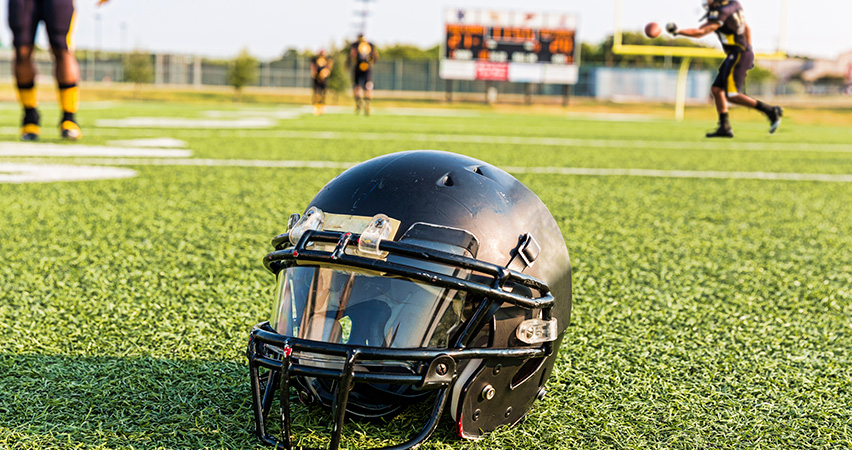
Help Your Young Athlete Stay Healthy
2 minutes
More American kids are playing sports than ever before. It’s great news—physical activity helps children stay fit and feel good about themselves. But injuries can happen. According to the Centers for Disease Control and Prevention, sports and recreation-related injuries are common. They send more than 2.6 million kids age 19 and younger to emergency departments each year. Kids aren’t small adults. Their bones, muscles, tendons and ligaments are still growing. This means they’re more susceptible to injury. However, there are ways to ensure your young athlete plays it safe. Follow these tips to help prevent sports injuries:
Get cleared. Before playing organized sports, your child should have a physical exam. A physician, nurse practitioner or qualified clinician can do this.
Get in gear. The right equipment can make all the difference. Make sure your child has the right protective gear for the sport and that the gear fits properly and is in good condition.
Watch the weather. Your child needs time to adjust to hot or humid environments before playing. This can help prevent heat-related injuries or illness.
Stretch it out. Have your child work on flexibility before and after games and practices to help release muscle tension and prevent injury.
Drink up. Ensure your child stays hydrated. Encourage your athlete to drink plenty of water before, during and after activity.
Pay attention to pain. Teach your child to listen to their body and avoid playing through pain.
Plan on some rest. Kids should take breaks during practice. And they should have at least one day off a week from playing sports so their bodies can recover.
Be a role model. Communicate the importance of safety to your athlete. And teach by example—wear safety gear, and follow the rules when you participate in sports.
Sports can help kids socially, emotionally and physically. Help your child stay safe and in the game.
Additional sources: American Academy of Orthopaedic Surgeons; American Academy of Pediatrics; Safe Kids Worldwide, and Coffey Communications



